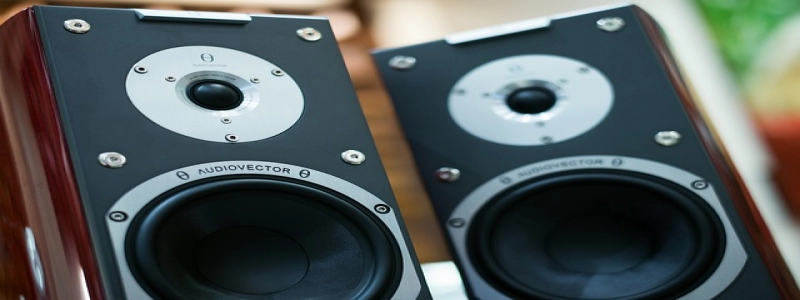WiFi 6 vs Ethernet
Introduction
In today’s hyper-connected world, a fast and reliable internet connection is a necessity. Two popular options for connecting to the internet are WiFi 6 and Ethernet. These technologies offer different benefits and trade-offs, making it important to understand their differences and choose the most suitable option for your needs. In this article, we will compare WiFi 6 and Ethernet in terms of speed, reliability, and convenience.
I. Speed
One of the key factors to consider when choosing an internet connection is speed. WiFi 6, also known as 802.11ax, offers higher theoretical speeds compared to previous WiFi standards. With a maximum speed of 9.6 Gbps, WiFi 6 is significantly faster than WiFi 5 (802.11ac), which has a maximum speed of 3.5 Gbps. This increased speed is achieved through the use of advanced technologies like Orthogonal Frequency Division Multiple Access (OFDMA) and Multi-User Multiple Input Multiple Output (MU-MIMO), which allow for more efficient data transmission.
On the other hand, Ethernet, also known as wired connection, offers even higher speeds compared to WiFi 6. Ethernet cables can support speeds up to 10 Gbps, making them ideal for situations that require ultra-fast internet connections. Unlike WiFi, Ethernet does not suffer from interference or signal degradation, which can impact WiFi speeds. Therefore, if speed is a top priority, Ethernet is the clear winner in terms of raw performance.
II. Reliability
While speed is important, reliability is another crucial aspect to consider when choosing an internet connection. WiFi connections are susceptible to interference from other devices, walls, and other objects that can weaken the signal strength. As a result, WiFi networks may experience signal drops or reduced speeds, especially in crowded areas with many overlapping WiFi networks.
Ethernet, on the other hand, provides a more reliable and stable connection. Since it uses a wired connection, Ethernet is not affected by interference or signal degradation. This makes Ethernet a more suitable option for applications that require a consistent and uninterrupted connection, such as online gaming or video conferencing.
III. Convenience
The convenience of a WiFi connection cannot be understated. WiFi allows for wireless connectivity, meaning you can connect to the internet from anywhere within the range of your WiFi network. This eliminates the need for physical cables and allows for greater mobility. WiFi 6 improves upon previous WiFi standards by offering better coverage and increased device capacity, making it a viable option for large households or offices with multiple devices.
Ethernet, on the other hand, requires physical cables to be connected between the device and the router or modem. This limits mobility and may require additional effort to set up, especially in situations where running cables is not feasible. However, the reliability and consistent speeds offered by Ethernet compensate for the lack of convenience, particularly in scenarios where a stable connection is a priority.
Conclusion
In conclusion, both WiFi 6 and Ethernet have their own advantages and trade-offs. WiFi 6 offers fast speeds, better coverage, and wireless convenience, making it an excellent choice for general internet usage. On the other hand, Ethernet provides even higher speeds, greater reliability, and a more stable connection. It is ideal for applications that require consistent performance, such as gaming or video streaming. Ultimately, the choice between WiFi 6 and Ethernet depends on your specific needs and priorities.








